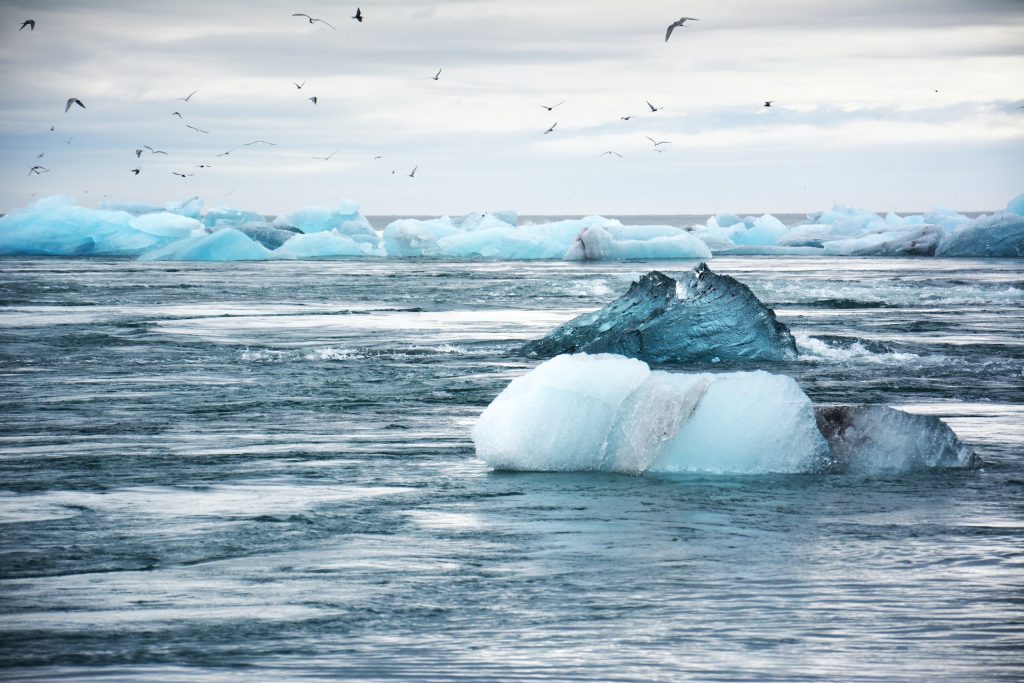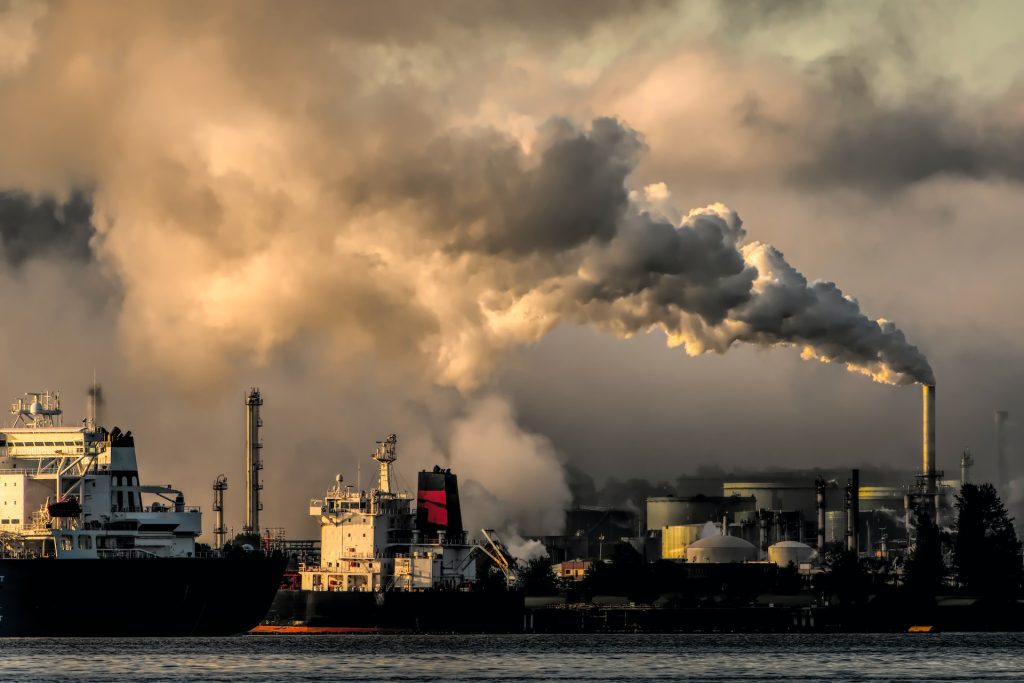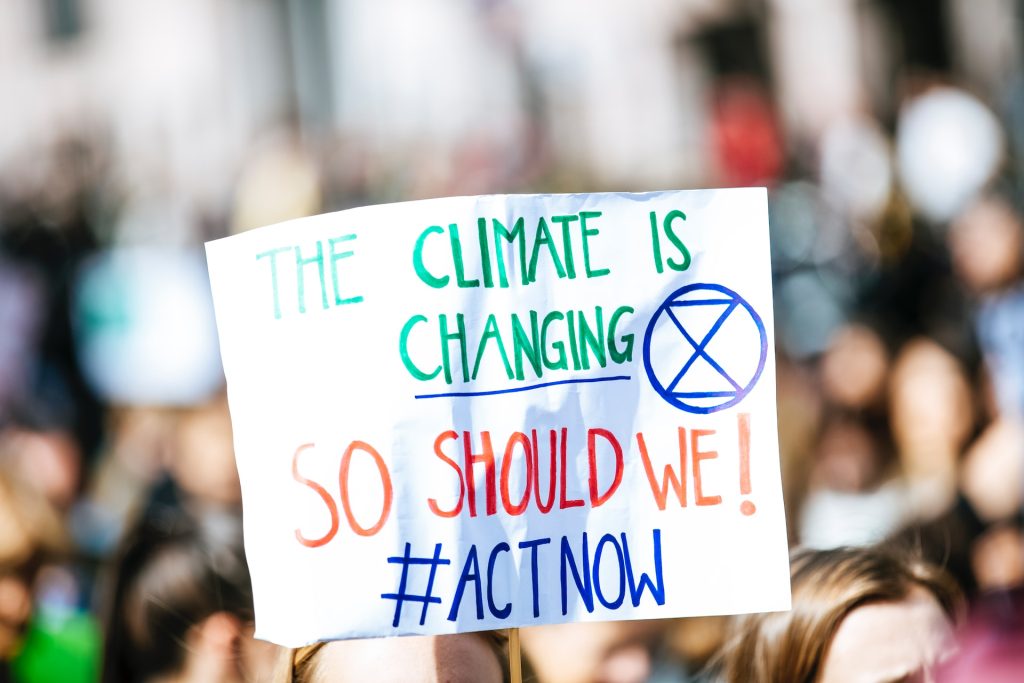Climate change is a pressing global issue that demands our attention and action. It is not just a matter of changing weather patterns; it is a complex phenomenon driven by a series of scientific factors. In this blog post, we will delve into the science behind climate change, exploring its causes, effects, and the solutions that can mitigate its impact.

Understanding the Science of Climate Change
At its core, climate change is a result of the greenhouse effect, which is a natural process. The Earth’s atmosphere contains greenhouse gases like carbon dioxide (CO2), methane (CH4), and water vapor (H2O). These gases trap heat from the sun, keeping our planet warm enough to support life.
Causes of Climate Change
- Human Activities: The primary driver of recent climate change is human activity, particularly the burning of fossil fuels like coal, oil, and natural gas. This releases excessive amounts of CO2 into the atmosphere, amplifying the natural greenhouse effect.
- Deforestation: Trees play a crucial role in absorbing CO2, but deforestation disrupts this balance. The removal of forests contributes to higher levels of CO2 in the atmosphere.
- Agriculture: Agricultural practices, such as livestock production and rice cultivation, release methane—a potent greenhouse gas—into the atmosphere.
- Industrial Processes: Certain industrial activities, like cement production, release CO2 and other greenhouse gases as byproducts.

Effects of Climate Change
- Rising Temperatures: The Earth’s average temperature is increasing, leading to more frequent and severe heatwaves.
- Melting Ice and Rising Sea Levels: Higher temperatures cause polar ice caps and glaciers to melt, contributing to rising sea levels. This poses a significant threat to coastal communities.
- Extreme Weather Events: Climate change intensifies extreme weather events like hurricanes, droughts, and heavy rainfall, leading to more frequent natural disasters.
- Ocean Acidification: Increased CO2 levels also lead to higher acidity in the oceans, endangering marine ecosystems and coral reefs.
- Species Extinction: Changing temperatures and habitats can lead to the extinction of numerous plant and animal species.
Solutions to Mitigate Climate Change
- Transition to Renewable Energy: Shifting away from fossil fuels to renewable energy sources like solar, wind, and hydropower can significantly reduce CO2 emissions.
- Energy Efficiency: Improving energy efficiency in industries, transportation, and buildings can reduce energy consumption and emissions.
- Reforestation and Afforestation: Planting trees and restoring forests can help absorb excess CO2 from the atmosphere.
- Sustainable Agriculture: Implementing sustainable farming practices can reduce methane emissions and promote carbon sequestration in soil.
- Carbon Capture and Storage (CCS): CCS technologies capture CO2 emissions from industrial processes and power plants, preventing them from entering the atmosphere.
- Climate Policy: Governments and international organizations play a critical role in enacting policies and agreements to limit greenhouse gas emissions.

Climate change is a complex scientific phenomenon with far-reaching consequences for our planet. While the causes and effects are scientifically grounded, the solutions require a coordinated effort from individuals, communities, governments, and industries. By understanding the science behind climate change and taking meaningful action to reduce emissions and protect our environment, we can work towards a more sustainable and resilient future for generations to come.





